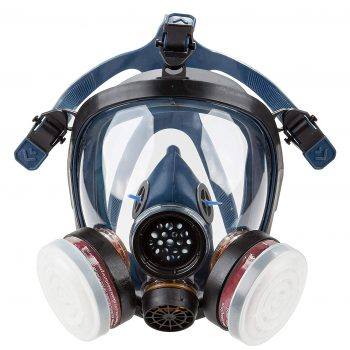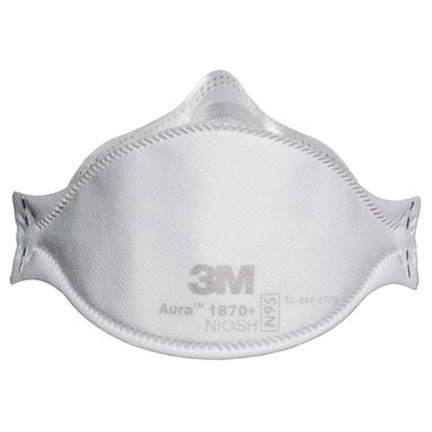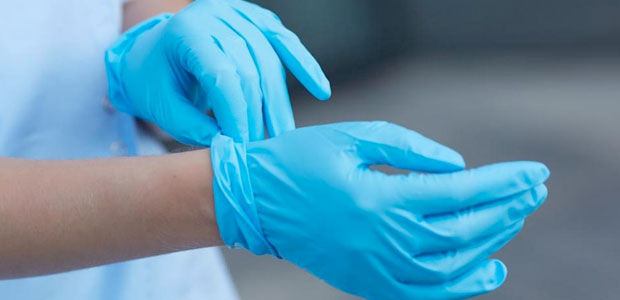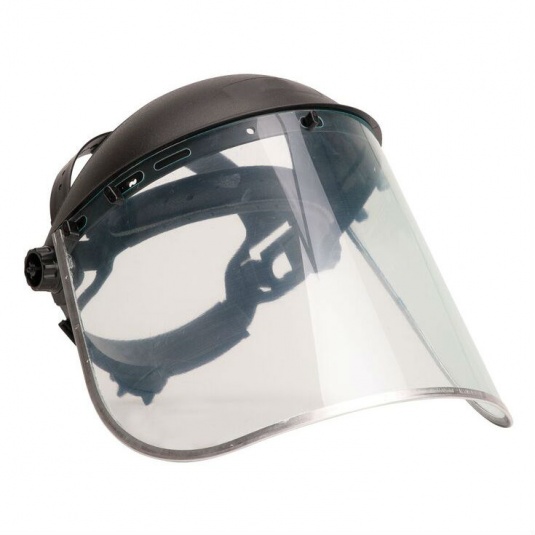
Following on from the last blog post about PPE (personal protection equipment) and whether it will protect you from Covid-19. We felt that we didn’t cover the subject completely and there were still a few more things to say that will help people understand its use better.
Facemasks…

Retailing $100
The medical profession have used facemasks for many years. But the reasons they do seems to have been misunderstood – Nurses, doctors and surgeons wear facemasks to protect the patient, NOT themselves! It protects them very little, if medical face masks protected nurses we would see no fatalities from Covid-19 in the medical profession.

So the medical scrubs/facemasks are to protect the patient who is already in need of care from getting other illnesses and not the wearer. Whereas, rated facemasks are to protect the wearer and are rated to a standard to do so. Although N95 and higher rated facemasks will have some protection against the spread of Covid-19 they are NOT rated for it, and are not a “silver bullet” stopping the infection.

The bottom line….
So, don’t get fooled into thinking facemasks/dust masks will keep you 100% safe! Most masks are for dust, and are rated for dust particles, not to protect against Covid-19 or any other kind of biohazard. A tight fitting mask (respirator) with a filter is best if purchasing a mask. Better alternatives are
1. Social distancing – Which has been proved to work, so even if you are wearing a mask, keep the social distance gap (two meters in UK). Or
2. Social isolation – Staying at home and having little or no physical contact with anyone else. If you don’t meet with anyone else in person, then you can’t get infected.
Gloves…
The reason to wear gloves has been similarly misunderstood. Once again the reason that the medical profession wears gloves is to prevent infection from dirty hands, and the best way to do this is having a pair of sanitised gloves on. – Then once finished with a patient, they remove the gloves and throw them away! Putting a new pair of gloves on when they see a new patient. – Gloves are not worn to stop infections getting onto the skin and then in through pours (this can not happen). Gloves are worn so you aren’t washing your hands whenever you touch something and can guarantee the gloves are sterile.

The bottom line….
To use gloves safely – you touch one surface/one person, then take the gloves off and throw them away. Then put a new pair of gloves on. So one pair of gloves a day will cross contaminate every surface you touch during the day. If you touch a contaminated surface and then your face, you will contaminate your face. If you sneeze on your gloves, you will contaminate every surface you touch with your gloves until you change them.
As with facemasks, don’t get fooled into thinking gloves are a magic bullet. If they’re made of sterile latex, the virus can still live on the surface of the glove and be transfered to anything that you touch, even removing them can be difficult without contaminating your hands on removal. This is why medical professionals also wash their hands after removing their gloves.
Never touch your face while wearing gloves, unless they’re new on and you’ve not touched anything else while wearing them.
Eye protection/guards…
Unlike facemasks and gloves, in the medical profession eye protection is used to protect the wearer. You may see either goggles, spectacles or face shields worn, these are to catch sneezes and coughs and stop them from hitting eyes or, with face shields, the whole face. The face shield does more to protect the wearer than a facemask does, without holes to let through vapourised fluids there is much less chance of contamination from coughs and sneezes.
One of the best things about goggles or faceshields it it’s a lot harder to touch your face or eyes wearing this kind of protection. It also makes you notice, how much you are touching your eyes or face.

The bottom line….
Goggles and eye protection are good, but not essential. You are more likely to accidently touch your face or eye with your fingers and infect yourself than get a direct infection of Covid-19 through your eye.

So what does it mean?
If you wear a facemask, buy a rated one or there’s little or no protection against getting covid (see my last blog post.)
If you use gloves, change them frequently, and don’t touch your face at all, or it significantly lessens your protection.
Using safety goggles/guards is good protection against sneezes/coughs, although only a risk indoors, where there’s no air circulating. People who have these symptoms should NOT be outside even if they don’t believe they have Covid-19.
Medical Personal protection equipment is best suited to the medical profession and if you really want to protect yourself, social distancing and social isolation are the most effective ways.
